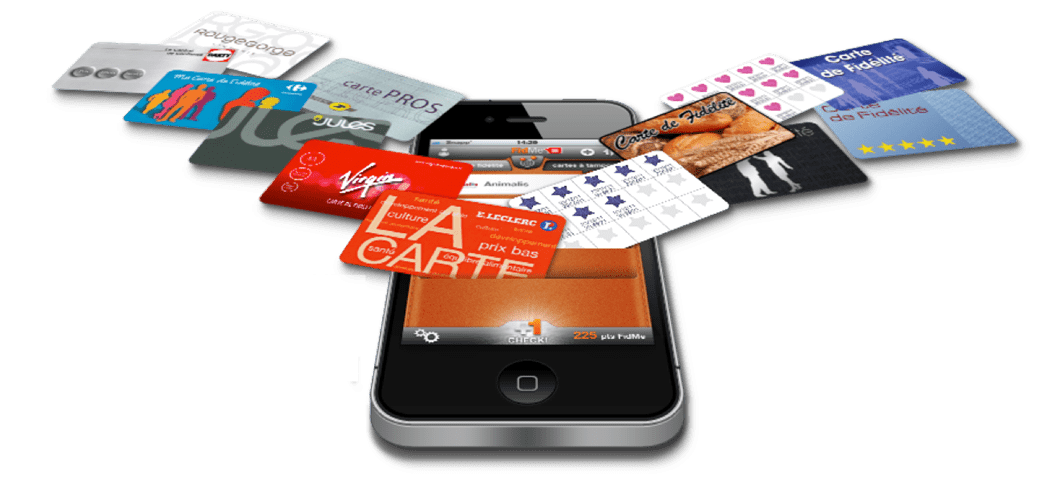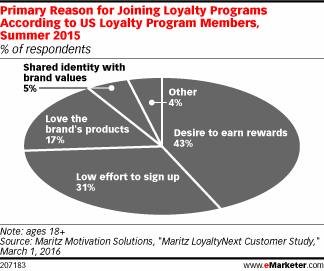Loyalty Marketing Programs: Put Down the Punch Cards & Go Mobile

image via blog.fidme.com
Consider this scenario: It’s the weekend and you’re due for a haircut. You suddenly remember that your punch card just hit 10 visits last time so you get a free haircut today. Not a bad start to the weekend. You stop by the local pet store to pick up some dog food and the cashier scans your loyalty card. Congrats, you just saved $1. Speaking of food, you remember you forgot a few things for tonight’s BBQ so you stop by the grocery store. At checkout, you have to provide your phone number in order to get the special member discount pricing. No discount on alcohol but it was worth a shot. Finally, you stop by the pharmacy to pick up a prescription (darn allergy season) and grab a bottle of water on the way out. Once again, another cashier asks you for your loyalty card or phone number. No discount, but you get a coupon for some Claritin-D.
Loyalty marketing and reward programs are EVERYWHERE. They’re one of the best ways to capture customer info, remarket to past customers, and entice consumers to choose their brand over their competitors. If your punch card from the salon near your house is almost full, you’re probably less likely to stop by the competitor salon near your office, even if that location is more convenient.
When done right, loyalty programs can be a powerful tool for marketers. And according to a recent survey of digital marketers, more than half plan to increase their spend on these programs in the coming year. In fact, only four percent of those surveyed said they would lower their investment.
Obviously consumers love earning rewards, and that remains the top reason (43%) for joining a loyalty program in the first place. But the research in a recent eMarketer article also showed that a large number (31%) of people chose “low effort to sign up” as their top reason. In fact, in a related study from Colloquy uncovered that 75% said they stayed because the rewards and or offers were relevant to them.
Typically with who the target consumer data in hand Thumbvista also add relevance with geo-targeted mobile ads delivered and links to relevant consumer friendly mobile coupons. Loyalty marketing has to be relevant, convenient and easy for the consumer in sign up and usage.

This is where mobile comes into play and why smart retailers are using phone numbers as the customer profile identifier. For the consumer, keeping track of cards, usernames and passwords is extremely cumbersome and virtually impossible. But remembering their phone number? That’s easy. And most customers are willing to provide it when asked, which makes for a pretty easy opt-in process. For businesses, phone numbers provide far more data than any other identifier, except for maybe a SSN, but good luck getting that. In reality, a phone number is really all you need. A phone number gives the business a way to contact their customers that’s more impactful than email. Think about your text messages. You probably read every text message you receive. Could you say the same about email? Most people skim the subject line and decide whether or not to open it. This is why email open rates are typically somewhere between 20-30 percent and text message open rates are 97 percent or more.
When a loyalty program leverages a smart mobile marketing strategy, the impact can be significant to both the consumer and the business. Better yet, you can stop wondering where you put that fancy hole-puncher.

